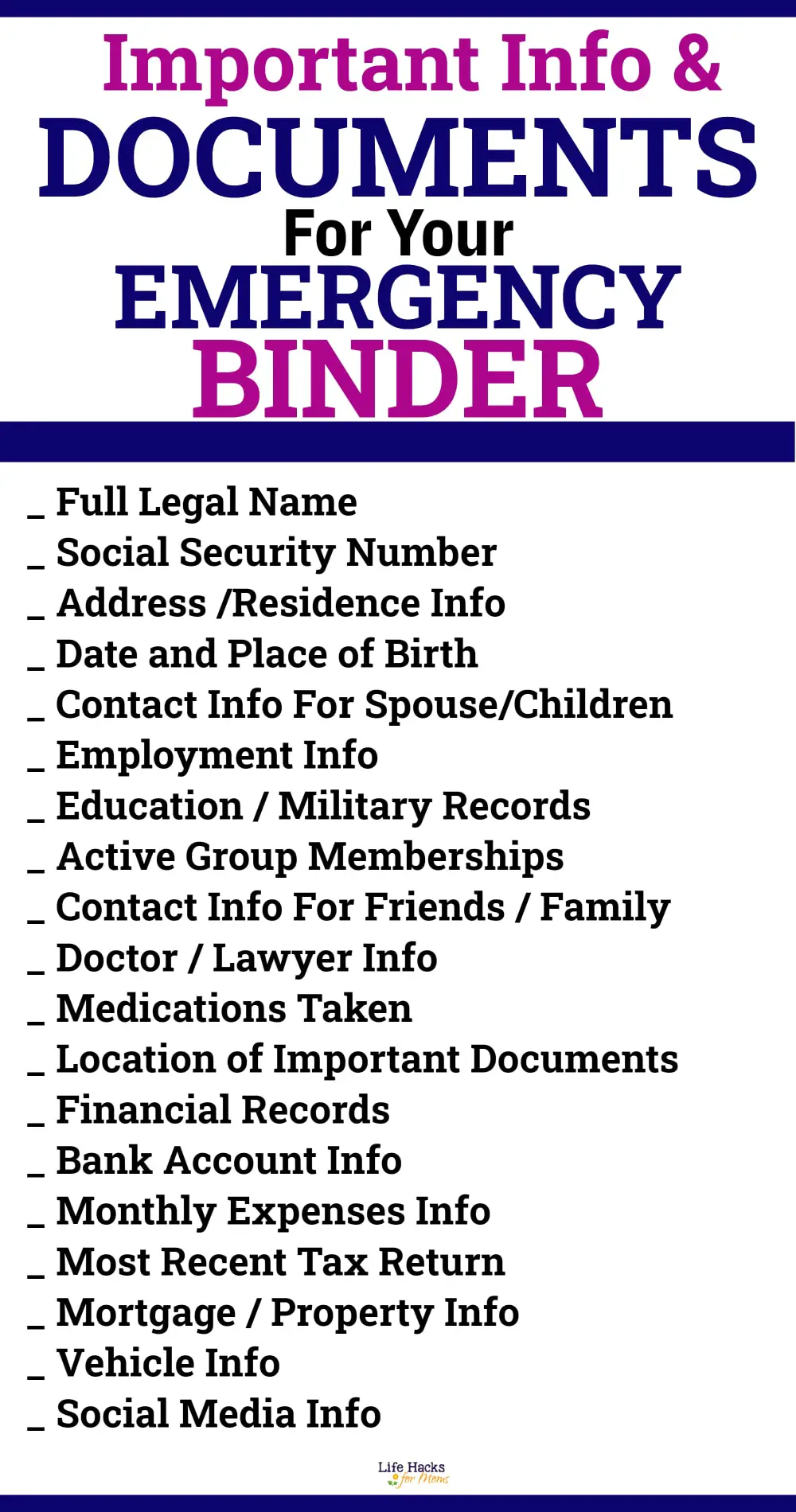5 Ways to Complete ADA Paperwork Easily

Completing the necessary paperwork for the Americans with Disabilities Act (ADA) can seem like a daunting task, especially if you're unfamiliar with the legal and procedural intricacies. However, with the right approach, what might feel like a mountain of paperwork can be tackled efficiently. Here, we'll delve into five practical strategies to streamline the process of handling ADA compliance documentation, ensuring both employers and employees find it easier to meet the required standards.
Understand the Requirements Clearly

Before you dive into filling out forms and compiling documents, it’s essential to have a clear understanding of what ADA compliance entails. The Act was introduced to prevent discrimination against individuals with disabilities in all areas of public life, including jobs, schools, transportation, and all public and private places that are open to the general public.
- Who Needs to Comply? The primary focus should be on employers, public services, and private entities operating public accommodations.
- Types of Requirements: These include reasonable accommodations, modifications to work environments, accessibility of public spaces, and specific documentation to verify eligibility for disability accommodations.
- Key Documents: Understand the documents involved such as the Accommodation Request Form, Medical Documentation, and Accommodation Agreement.
2. Organize and Prioritize

The process of filling out ADA paperwork can be made less cumbersome if you organize and prioritize your documents effectively. Here are steps to do so:
- Create an ADA Compliance Folder: Gather all relevant documents into one place, both physical and digital, to avoid missing critical information.
- List Out Required Forms: Make a checklist of all necessary forms and categorize them by priority. This helps in ensuring nothing is overlooked.
- Track Deadlines: Use a calendar or project management tool to keep track of submission deadlines to avoid last-minute rushes.
3. Leverage Technology

Modern technology offers various solutions to simplify the paperwork process:
- Electronic Forms: Use digital platforms that allow you to fill out forms online. This reduces errors, speeds up the process, and often includes built-in compliance checks.
- Digital Signatures: Employ electronic signatures to reduce the need for physical document signing. Services like DocuSign or Adobe Sign can facilitate this process.
- Automated Workflow Tools: Use software that can automate workflows, like document routing, reminders, and notification systems.
💡 Note: Ensure the digital tools you use comply with ADA regulations regarding accessibility for those with disabilities.
4. Seek Guidance and Professional Help

Navigating ADA regulations can be complex, so seeking guidance is wise:
- Consult HR or Compliance Officers: Within your organization, HR or compliance officers can provide guidance on company policies and how they integrate with ADA requirements.
- Legal Counsel: Consider consulting with an attorney specializing in employment or disability law for complex situations.
- ADA Specialists: There are professionals who specifically deal with ADA compliance. Their expertise can be invaluable in intricate scenarios.
5. Review and Revise Regularly

Ensuring that your ADA documentation is up to date and in compliance involves regular review:
- Regular Updates: Review and update your documents annually or when there are changes in the law or your company’s policies.
- Employee Feedback: Encourage employees to provide feedback on any accommodation issues, which can help in revising policies and documentation.
- Mock Audits: Conduct internal audits or utilize external services to simulate an ADA compliance audit, identifying areas of improvement.
By implementing these five strategies, you'll not only streamline the process of completing ADA paperwork but also enhance your organization's approach to disability inclusion. This proactive stance not only reduces the burden of compliance but also fosters a supportive environment for employees with disabilities, leading to a more inclusive workplace. Remember, ADA compliance is about creating equal opportunities, and with these tools, you're well on your way to achieving that goal seamlessly.
What is the first step in completing ADA paperwork?

+
The first step in completing ADA paperwork is to understand the requirements clearly. This involves knowing who needs to comply, what types of documentation are needed, and the specific forms or agreements involved.
Can technology help with ADA paperwork?

+
Absolutely, technology can significantly streamline the process. Use electronic forms, digital signatures, and workflow tools to automate and simplify document handling, ensuring compliance and reducing errors.
How often should ADA documentation be reviewed?

+
ADA documentation should be reviewed regularly, at least annually, or whenever there are changes in laws or company policies to ensure ongoing compliance and relevance.



